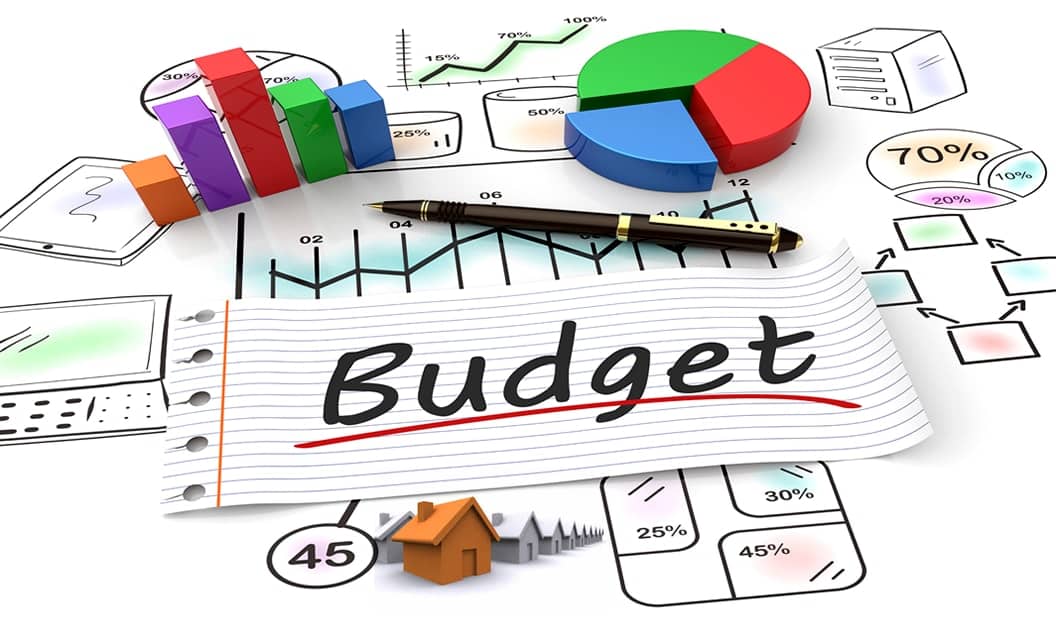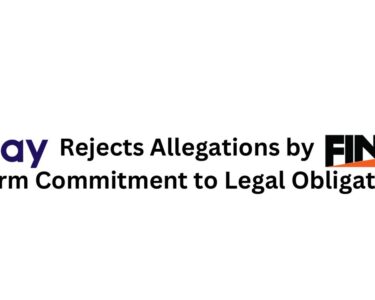Ishaq Dar, Federal Finance Minister presented the 5th budget of the incumbent PML-N government with an entire outlay of Rs 4.778 trillion, on Friday. It was the 5th successive and possibly last budget prior to general elections in 2018, presented by Ishaq Dar.
For the upcoming fiscal year, Dar announced amalgamation of ad hoc relief of 2010 for Civil Servants in the fundamental salary and topped it up with a 10% ad hoc relief 2017.
He declared the release of employees up to BPS-5 from the house rent deduction, while raise of up to 60% in daily allowance rate, peon stipend rose from Rs 12,000 to Rs 14,000, the expense for burial etc raised from Rs 1600 to Rs 4800 and from Rs 5000 to Rs 15000.
In his speech, Ishaq Dar claimed that in the previous four years, we have been capable of achieving a decent turnaround. This achievement has been acknowledged by reliable global institutions. The financial system has firmly been set on an elevated growth route which is being recognized by the international financial institutions. Credit rating agencies have also improved Pakistan’s small and extensive term credit ratings. In recent times, Price Waterhouse Coopers has forecast that “Pakistan’s economy is set to be amongst the 20 chief economies (G20) of the World by 2030.” But the fact is it all depends upon implementations. As evidence, last year only 30%of developing budget of education has spent in schools. There is no record of remaining 70%.
Some Salient features of the budget 2017-18
- The total earnings are estimated at Rs.5, 310. This includes FBR tax estimate of Rs.4, 013 billion in a contrast to revised approximation of Rs.3, 521 billion. As compared to revised estimates of FY 2016-17 the total returns are being increased by 12%. While the FBR tax revenue is predictable to boost by 14%.
- Out of the entirety revenues, the provincial governments divide is expected to be Rs.2,384 billion as match up to Rs.2,121 billion modified estimates for 2016-17, showing an increase of about around 12.4%. These resources will be consumed by the provincial governments in increasing human development and safety of the people.
- After relocating to provincial governments, the net revenue of the Federal Government is anticipated at Rs.2, 926 billion in 2017-18 as evaluating to revised estimates of Rs.2,616 billion in the present financial year.
- Total expenses for FY 2017-18 is budgeted by Rs.4, 753 billion compared to the revised estimates of Rs.4, 256 billion for 2016-17, depicting a boost of 11.7%. Out of the total outlay, highest raise is accorded to the growth budget.
- The defense budget is projected at Rs.920 billion alongside the revised budget of Rs.841 billion in the fiscal year 2016-17.
- As we mentioned earlier, the PSDP budget is being bigger from revised estimates of Rs.715 billion to Rs.1,001 presenting a 40% increase.
- The outcome of the above returns and expenditure estimates is that the budget shortfall will be condensed to 4.1% of GDP as contrasting to 4.2% of GDP of revised budget approximate in the monetary year in 2016-17.
Setting of Budget Targets 2017-18
The following aims & targets have been set for FY 2017-18:
• Real GDP development of 6%
• Investment to GDP proportion of 17%
• Inflation rate lower than 6%
• Budget deficit at 4.1% of the GDP
• Tax to GDP proportion at 13.7%
• Development expenses of Rs. 2.1 trillion
• Foreign Exchange Reserves level to cover up at least of 4 months’ imports
• Net Public Debt to GDP proportion below 60%
• Eradication of load shedding by adding up 10,000 MW of electricity to the National Grid in Summer 2018.
• Continuance of targeted social interferences
The government has increased taxes on talc, imported shoes, garments, perfumes and juices and reduced various taxes and duties on the significantly taxed mobile telephony.
PSDP 2017-18
The majority of the Rs. 1,001 billion Federal PSDP has been allotted for roads and infrastructure, communications and energy. Infrastructure has been given 67% of the development expense. The transportation and communication sector has been owed Rs. 411 billion, plus Rs. 320 billion for national highways, Rs. 43 billion for railways and Rs. 44 billion for other projects as well as aviation schemes.




